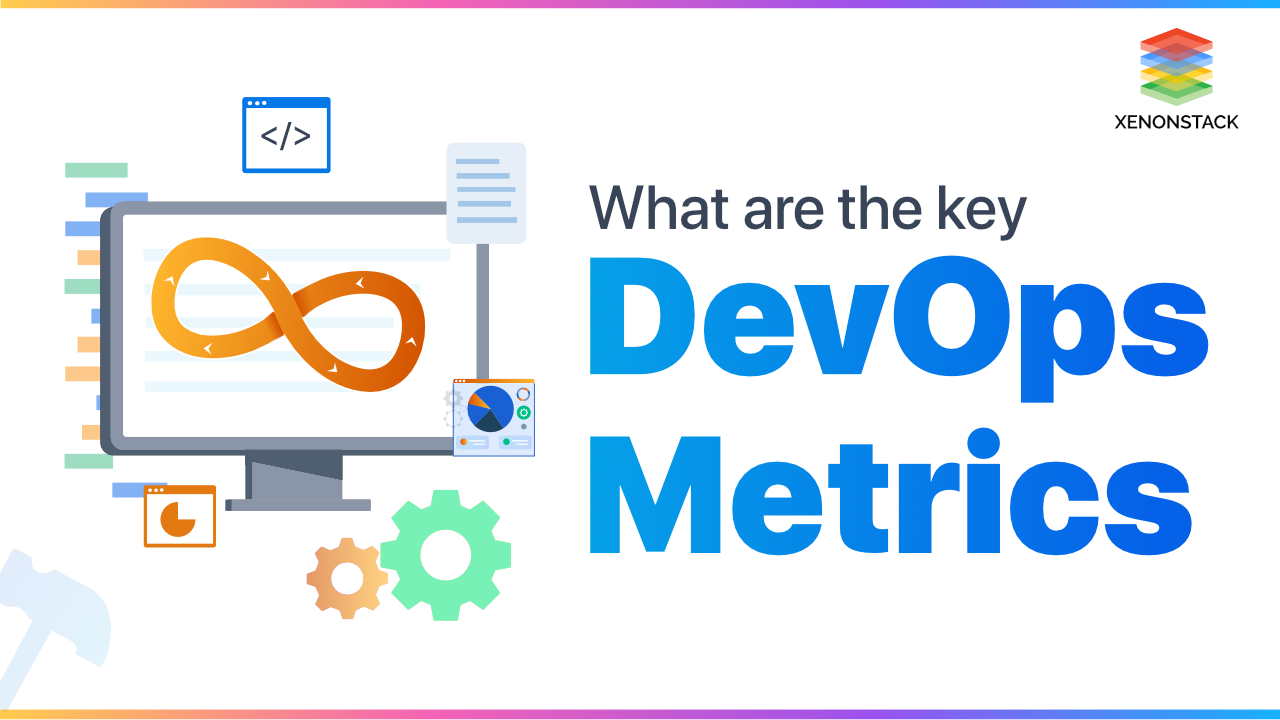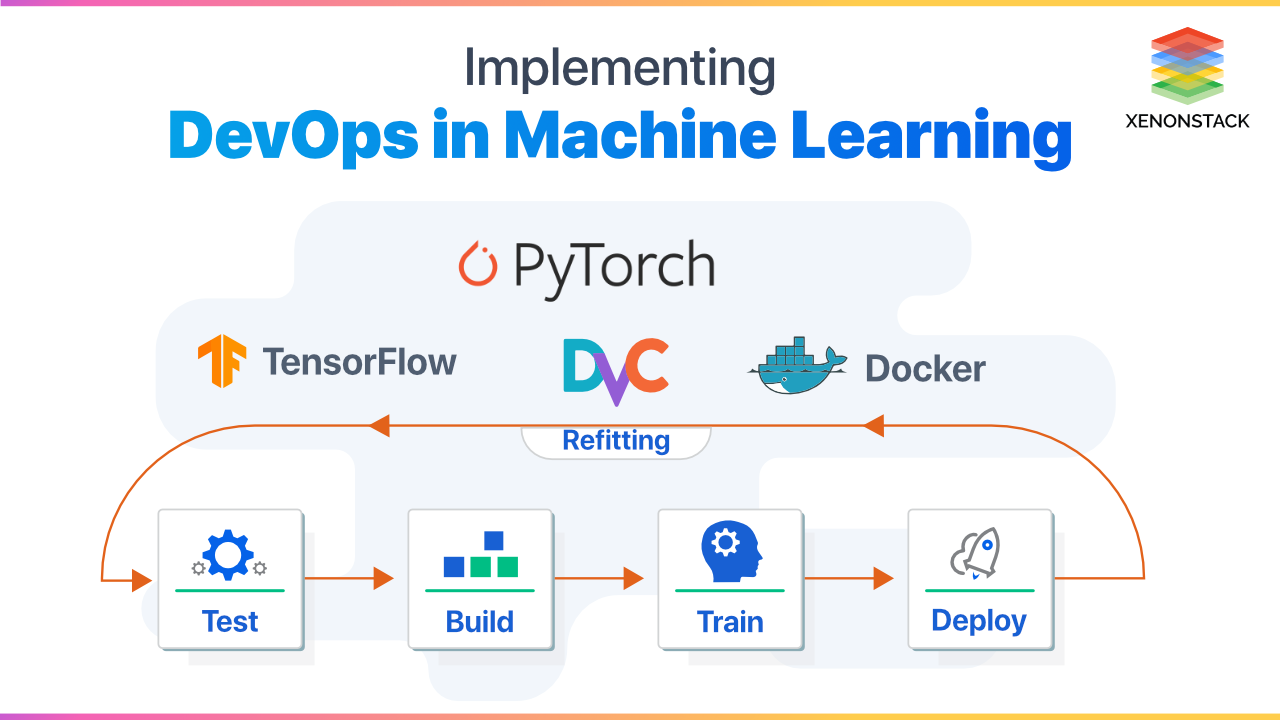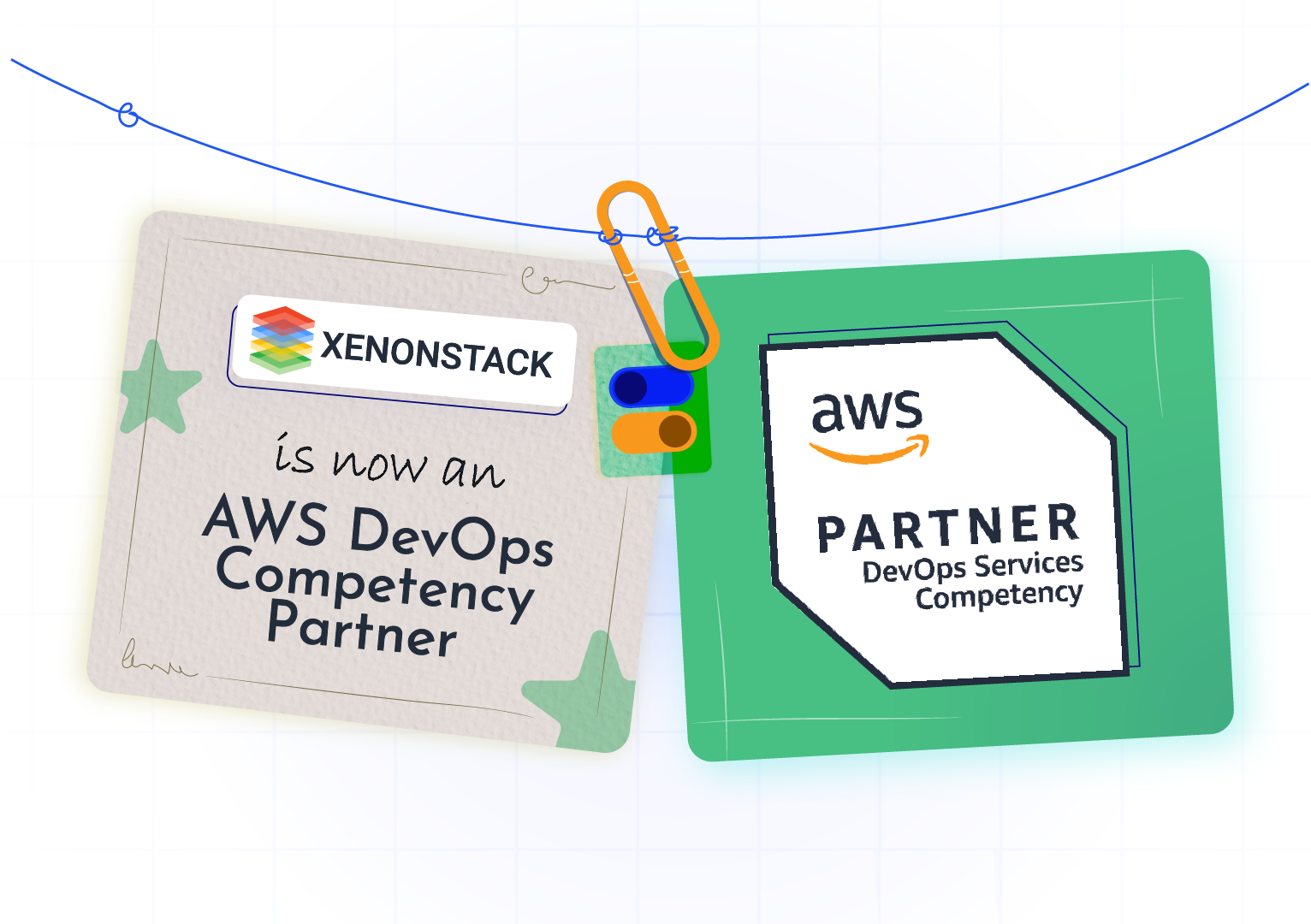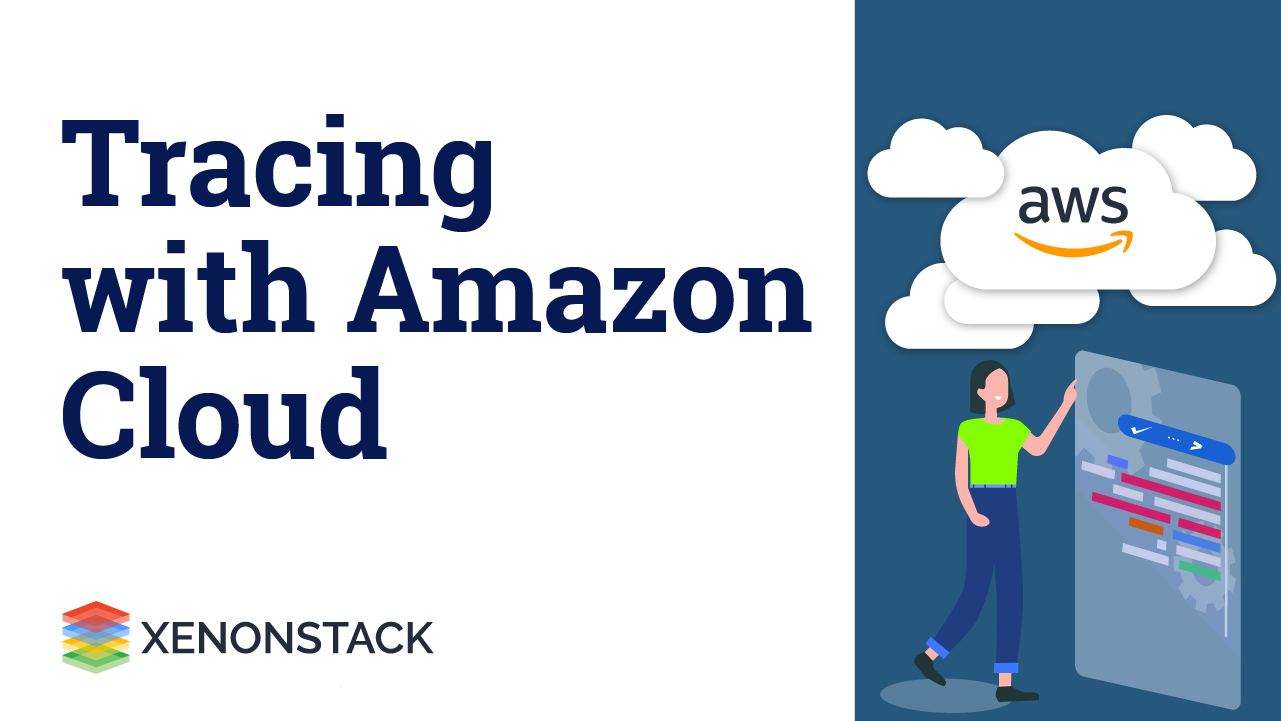
Overview of DevOps and DevOps Metrics
Before understanding the DevOps Metrics, Let’s break it into two parts for easy understanding, Now we have to understand what DevOps is - The word DevOps means different things to different people. We define DevOps as everything that relates to deploying and monitoring your applications. The term Metric means “a system or standard of measurement.” that is used to improve the overall performance of the environment in which it is adopted.a process in which, Modern software engineering Culture and Practices to develop software where the development and operation teams work hand in hand. Click to explore about, What is DevOps and it's Processes?
What are the top 15 DevOps Metrics?
DevOps is all about continuous delivery and pushing code as fast as possible. We want to move quickly in the pipeline and not break things.
By following these “15 DevOps metrics”, we can see how fast we can move in the pipeline before we start breaking things -
- Deployment Size
- Deployment Frequency
- Deployment Time
- Lead time
- Customer Feedback
- Automated Tests Pass Percentage
- Defect Escape Rate
- Service Level Agreements
- Availability for Applications
- Failed Deployments
- Error Rates
- Application Usage and Traffic
- Application Performance
- Meantime to detection (MTTD)
- Meantime to recovery (MTTR)
Deployment Size
To keep track of the bug fixes, feature requests is being deployed is also a useful DevOps metric. Depending on how large an individual’s work items are, their counts could vary. We can also track how many days’ worth of development work is being deployed.Deployment Frequency
Tracking how often we do the deployment is also considered a useful DevOps metric. The goal is to make the deployment as small as possible. By reducing the size of implementation makes it easier to test and release.Deployment Time
Tracking how long it takes to actual deployment is another useful DevOps metric. If we take an example of an application that is deployed with Azure worker roles, and it takes about an hour to implement. Tracking such things could help in identifying potential problems. It saves a lot of time deploying.Lead time
If the goal is to push the code quickly, then it is a key DevOps metric. The lead time is the quantity of time that occurs between starting on a work item until it is deployed. This helps us to know if we start a new work now, how long would it take on average until it gets to production.Customer Feedback
The best and the worst indicator of any application problem is customer support tickets and their feedback. The last thing you want is for your users to find the bugs or have issues with our software. Because of this DevOps metric, the application’s quality and performance improvement.Automated Tests Pass Percentage
To increase velocity, It is extremely suggested that every team makes extensive usage of unit and functional testing. Since DevOps depends massively on automation, tracking how well your automated tests work is also acknowledged as the right DevOps metric. It is sufficient to know how frequently code changes are making your tests break.Defect Escape Rate
If we want to deliver the code faster, then we need to have confidence that we can detect software defects before they get to production. There must be a case in which the defects of software is found later in the production. Our defect escape rate is a great DevOps metric to track how often those defects make it to production.DevOps encourages collaboration and communication between the developers and operations teams in all stages of the Software Development Life Cycle. Click to explore about, Top Six Challenges in DevOps Adoption
Availability for Applications
The most important thing about your application is its availability time. Application may sometimes suffer downtime, and we would suggest tracking all unplanned outages except little downtime as part of scheduled maintenance.Service Level Agreements
Maximum companies have some service level agreement (SLA) that they engage with. It is also vital that you track your compliance with your SLAs. Even if there exists no formal SLA, there are application requirements or expectations to be achieved.Failed Deployments
The failed deployment is the thing that we hope never happens. In this DevOps metric, we should always plan for failed deployments. If you have problems with failed deployments, be sure to track this Metric over time. This is also much similar to the meantime to failure (MTTF).Error Rates
Tracking the error rates within our application is super important. Not only do they indicate the quality problems, but also ongoing performance and uptime related issues.Application Usage and Traffic
After deployment, we expected to see the number of transactions or users accessing the system look normal. If there is any giant spike in traffic, something could be wrong. So tracking the change in the usage and traffic must be a useful DevOps metric.Application Performance
Before doing a deployment, we should use the tools to look for performance problems, hidden errors, and other issues. During and after the deployment, we should also look for any changes in overall application performance. It might be familiar that after implementation, the performance of specific SQL queries, web service calls, and other application dependencies changes, so using tools like Retrace can provide valuable visualizations that help make it easy to spot problems.Meantime to detection (MTTD)
When problems do arise, you must identify them immediately. Having robust application monitoring and good coverage in place will help you detect issues quickly. Once you recognize them, you also have to fix them fast!.Meantime to recovery (MTTR)
This Metric helps to track how long it takes to recover from failures. A key metric for any organization is keeping failures to a minimum and being able to recover from them quickly. By adopting excellent application monitoring tools helps to identify issues and quickly deploy the fix.
Our solutions cater to diverse industries with a focus on serving ever-changing marketing needs. Click here for our DevOps Consulting Services and Solutions
A Comprehensive Approach
If we want to take DevOps to the next level in your organization, then these metrics will help with what to track and improve. Thus, measuring these DevOps metrics will overall decrease the production time. To know more about DevOps Best Practices, we recommend taking the following steps -
- Learn more about DevOps Implementation Strategy
- Read more about Best Open Source DevOps Tools
- Contact Us for Enterprise Transformation Readiness Assessment


